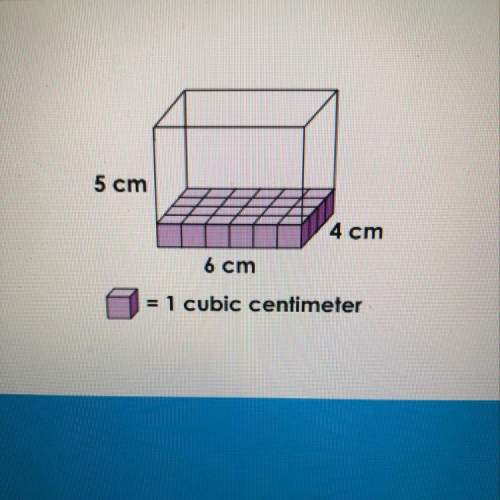
Mathematics, 04.11.2021 22:10 chrisannedegraff
The first term in an arithmetic sequence is 5. The third term in the sequence is –1. The tenth term in the sequence is –22. Chris said that the recursive formula for this sequence could be described as, "to find the next term of the sequence, add -3 to the previous term." Do you agree or disagree that this statement is equivalent to the explicit formula from Question 15? Explain.

Answers: 3


Another question on Mathematics

Mathematics, 21.06.2019 18:00
Enter numbers to write 0.000328 0.000328 in scientific notation. 1 1 0.000328=3.28 × 0 . 000328 = 3 . 28 × =3.28×10 = 3 . 28 × 10
Answers: 1


Mathematics, 21.06.2019 22:00
What value is a discontinuity of x squared plus 8 x plus 4, all over x squared minus x minus 6?
Answers: 2

Mathematics, 22.06.2019 01:30
The table below shows the angle measurements for triangle abc and triangle xyz. if triangle abc is similar to triangle xyz, what does angle z equal, in degrees?
Answers: 2
You know the right answer?
The first term in an arithmetic sequence is 5. The third term in the sequence is –1. The tenth term...
Questions






Mathematics, 02.08.2019 19:30







Computers and Technology, 02.08.2019 19:30










